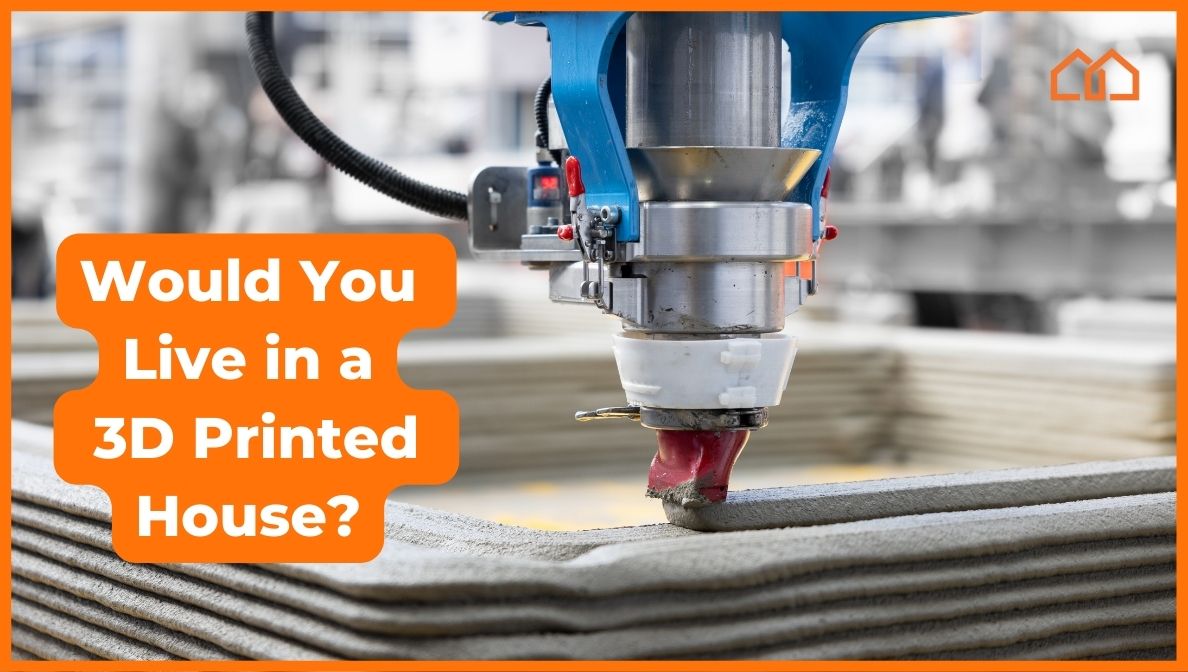Would you live in a 3D-printed house?
With the demand for new houses never-ending, people in the business of building homes are looking for faster construction methods that are still safe and reliable.
While 3D printing was once a niche hobby for the tech-savvy, this technology is becoming more mainstream and applicable to everything from making jewelry to a wall-climbing robot. Naturally, various builders started to turn their gaze to 3D printing as a potential solution to speed up the construction process and reduce costs.
But here’s the burning question: Would you live in a 3D-printed house? Here are some answers to people’s frequently asked questions about 3D homes so that you can decide for yourself.
How Are 3D Homes Built?
Builders construct 3D homes entirely on-site with components produced by a concrete or plastic 3D printer. They use sophisticated 3D printing technology to create a structure’s essential components, such as concrete walls. This is an important development in residential construction because it has the potential to create structures an incredibly fast pace.
Humans are still an important part of this process, since they take charge in assisting the printer and doing hands-on work to the home as well. While the printer takes care of the overall structure, you still need contractors to turn the place into a comfortable home. If you’re more of a visual person, see it in action in this YouTube video from CNET.
Are 3D-Printed Houses Safe?
The short answer is yes. 3D-printers build structures with a plastic or concrete mixture that is just as durable as traditional homes. Concrete houses have long been known for their strength and resiliency, lasting centuries or even millennia. Also, all new construction homes must adhere to local laws and codes, so they should meet the same building codes as traditionally built homes.
What Is It Like to Live in a 3D-Printed House?
Currently, homes built from 3D-printed components are smaller than the typical human-built home, so they predominantly look like tiny homes. However, as technology and methods improve, the sizes may increase. For now, it’s a safe bet to say that living in a 3D-printed house isn’t much different from living in a starter home or a tiny prefab home.
What Are the Benefits of 3D Printed Houses?
The cost of 3D-printed houses is lower, making them a potential answer to the need for affordable housing. Residents who buy a 3D-printed home from a construction company may enjoy lower monthly payments and more financial freedom. In addition, they can get a guaranteed home even in a housing crisis shortage. Imagine; everyone from home construction companies to nonprofits offering a steady inventory of affordable real estate to homebuyers who need an affordable and safe place to live.
How Fast Can You Build a 3D Home?
To answer this question, let’s look at the first 3D-printed house on the market from SQ4D. Not only is it the first one of its kind to be put on the market, it’s the largest known 3D-printed house at 1,937 square feet. It took around forty-eight cumulative hours to print all its materials, but this happened over the span of 8 days.
The COBOD BOD2 printer can force through and shape concrete at 39 inches per second, which is why a printer can complete a home’s initial structure in just over a week. However, it’s important to note that you still need human help to install utility lines, appliances, interior elements, flooring, and other must-haves that make a house a home.
3D Printing Houses: An Alternative to Traditional Methods
So, would you live in a 3D printed home? New technology is always coming out, improving how we live and work. A 3D printer on a construction site can benefit the construction industry by cutting costs and accelerating the homebuilding process. It can also be an eco-friendlier and energy-efficient method since many essential building components can be printed on-site instead of shipped.

